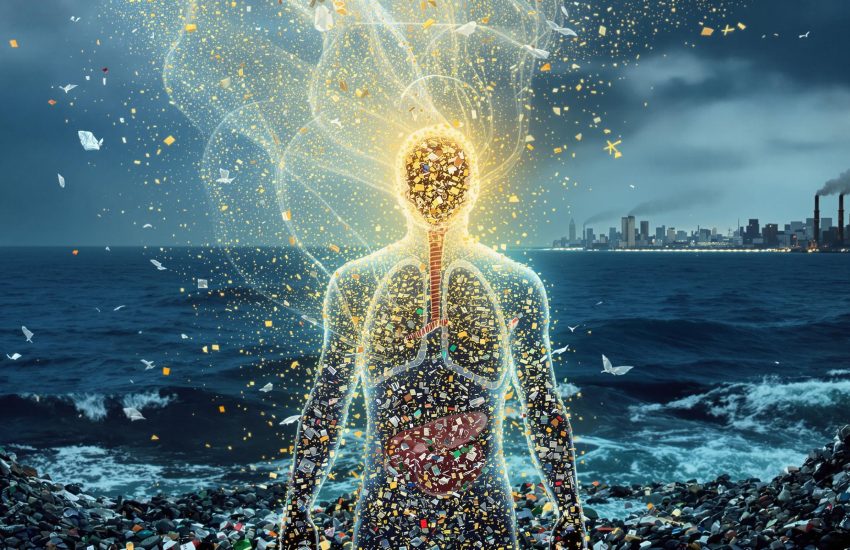Why We Shouldn’t Avoid Sun Completely?
Many sun-fearing people and even some dermatologists may seem to convince us that we need to live in caves instead to avoid the allegedly harmful effect of ultraviolet lights. However, our genetic roots easily indicate that our ancestors were nearly naked and they are continuously exposed to sunlight. A quick discussion about the benefit of vitamin D should give us a reason to embrace the warmth of sun. Vitamin D is manufactured an inner skin layer and it is triggered by actions of ultraviolet lights we obtain from the sun. The UV lights strike the precholesterol molecule or 7-dehydrocholesterol. It will convert the cholesterol molecule or the provitamin D that is further modified or hydroxylated in the kidney and liver. This further creates the actual vitamin D. Any light in UV-B wavelength can help our body produce vitamin D and the most common source is from the sun. UV-B wavelength is at 282 nm and it does not properly penetrate glass. It means that people who stay behind a window won’t get the benefit. Clothing could also further block the sun ray. To further get benefit from the sun, we shouldn’t use sunscreen with SPF 8 or above, because it blocks much of the UV-B wavelength.

People who live in the northernmost or southernmost areas of the world could be doomed to inadequate sun. In areas closer to the poles, inadequate sunlight could happen nearly nine months each year. Dark-skinned people would need up to ten times the intensity of sun, while fair-skinned people could already produce adequate amount of vitamin D by having much shorter period of exposure. Exposing our skin to sun isn’t enough, we also need food sources that can boost the production of vitamin D. These may include dark green vegetables, cod sardines, salmon, tuna, liver oil, , liver, egg yolk, mackerel, butter and pro-vitamin D fortified milk.
Older folks have much decreased ability to properly synthesize vitamin D in sufficient quantity. They also have lower overall digestive efficiency. The decrease in liver and kidney functions could also prevent conversion of vitamin D into the usable and active forms. So, there’s a good reason for the elderly to go in areas with more sun and they should feel much better in doing so. Also, there are people with severe malabsorption problems, cystic fibrosis, Crohn’s disease and pancreatic issues. Some people may have some parts of their digestion system removed, so this could increase the overall risks of vitamin D deficiency.
In order to produce Vitamin D in sufficient quantity, our body requires pre-cholesterol and it is a fat soluble substance. It means that “low-fat” or “low-cholesterol” diets could put elderly already badly deficient in vitamin D at an even greater peril. Alternatively, we could us forms of artificial lights to help produce enough vitamin D in our skin. Some reputable tanning salons can help us produce vitamin D internally, but if the machine emit the highest UV-B and UV-A ratio possible.


















